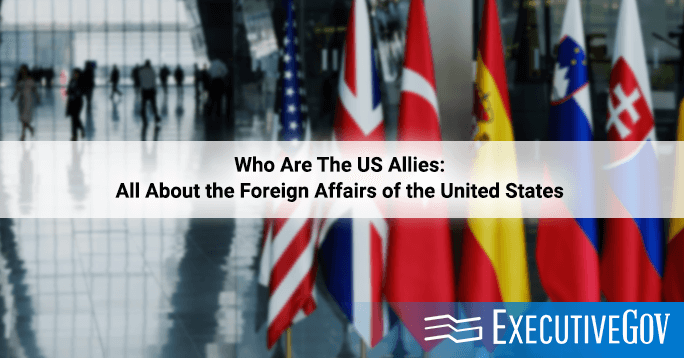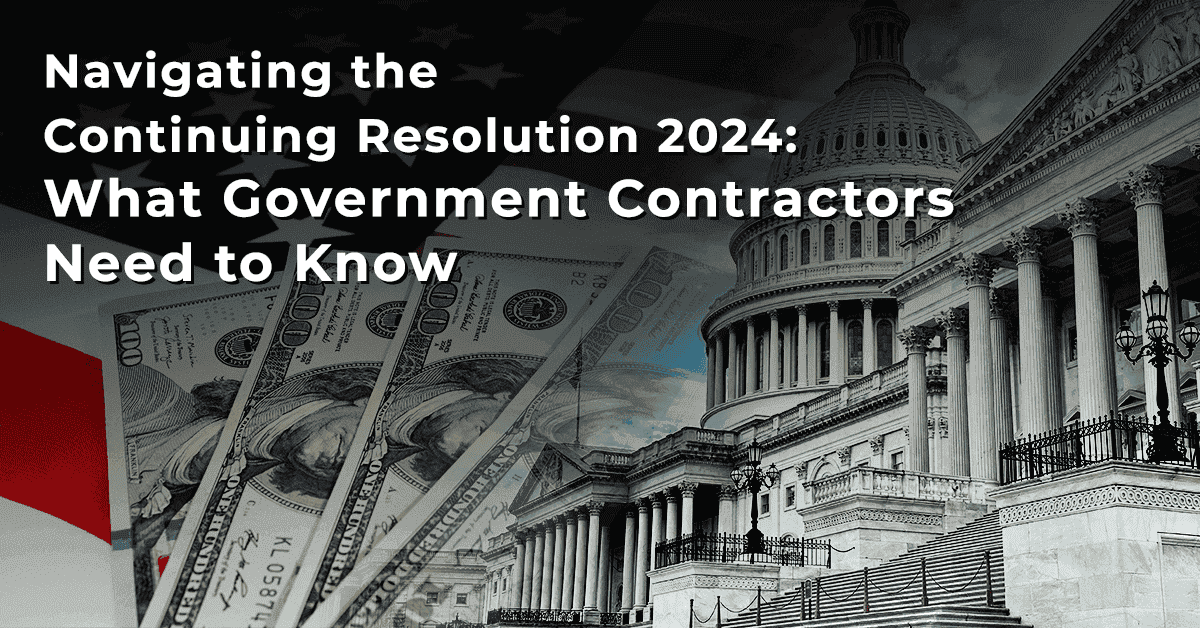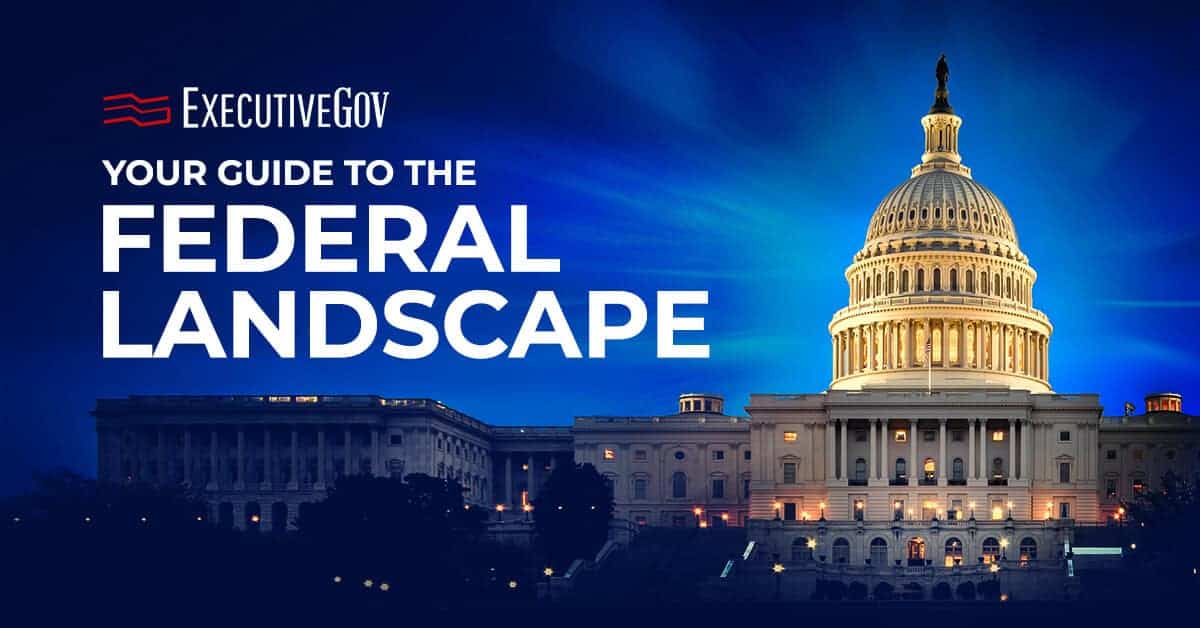The United States has a comprehensive network of diplomatic relations among various countries and territories. International affairs are a vital part of establishing the nation’s position as one of the major players in global politics, economy, media, culture, and military. Understand the role US allies and the roles they play on the world stage.
Table of Contents
Defining Alliances: Who are the US Allies?

The United States uses the term ‘allies’ for signed and formalized treaties between two or more nations. These written agreements iterate the commitment of the US to supporting the nations and vice versa for interests related to defense, peace, security, trade, and more. Most of these alliances were forged during and after major battles, such as World War II.
The other most commonly used term to determine the foreign affairs of the US is ‘partnerships.’ Compared to alliances, partnerships are less formal, short-term, and don’t involve a signed treaty. Most partnerships are finalized as a mutual understanding or a strategic agreement to exchange resources in military, information, culture, and infrastructure.
Below are a few of the alliances of the United States.
North Atlantic Treaty Organization (NATO)

- Date founded: April 4, 1949
- Date the US joined: April 4, 1949
- Members: Belgium, Canada, Denmark, France, Iceland, Luxembourg, the Netherlands, Norway, Portugal, the United Kingdom, the United States, Greece, Turkey, Germany, Spain, Czechia, Hungary, Poland, Bulgaria, Estonia, Latvia, Lithuania, Romania, Slovakia, Slovenia, Albania, Croatia, Montenegro, North Macedonia, and Finland
The North Atlantic Treaty Organization (NATO) is one of the most well-known alliances of the United States. Founded with the signing of the North Atlantic Treaty, also known as the Washington Treaty, on April 4, 1949, NATO is a 31-member military and political alliance composed of 29 European and two North American member states.
Formed during the aftermath of World War II and the rise of the Cold War, NATO was organized with the concept of collective defense and cooperation among members against potential threats from the Soviet Union. The organization pledged solidarity to protect each other against attacks and enforce peace and security within Europe and its waters.
If you’re going to ask who are the US allies, NATO founding members come first. NATO was one of the first peacetime military alliances the US joined outside of its immediate neighbors in the Western Hemisphere. Being one of the 12 founding members, the US government considers NATO as one of its most relevant and formidable alliances, especially amid rising global tensions in Eastern Europe and the Middle East.
The Organization of American States (OAS)

- Date founded: April 30, 1948
- Date the US joined: April 30, 1948
- Member countries: Antigua and Barbuda, Argentina, the Bahamas, Barbados, Belize, Bolivia, Brazil, Canada, Chile, Colombia, Costa Rica, Cuba, Dominica, Dominican Republic, Ecuador, El Salvador, Grenada, Guatemala, Guyana, Haiti, Honduras, Jamaica, Mexico, Nicaragua, Panama, Paraguay, Peru, Saint Kitts and Nevis, Saint Lucia, Saint Vincent and the Grenadines, Suriname, Trinidad and Tobago, the United States of America, Uruguay, and Venezuela.
The Organization of American States (OAS) is one of the oldest and most extensive regional alliances in the world. Chartered on April 30, 1948, the organization encompasses 35 member states within the Americas to promote cooperation, economic development, security, and oversight in the Western Hemisphere.
While the organization was only officially formalized in 1948, the history of OAS dates back to the First International Conference of American States held from October 1889 to April 1890. The meeting resulted in the creation of the International Union of American Republics, giving birth to the OAS’ predecessor and the idea of creating an inter-American institutional system.
From the original 21 members, OAS has since expanded its membership to 35 independent states, primarily from nations that gained their independence during the 20th century. The organization has also granted permanent observer status to 70 states, including the European Union. Nonetheless, OAS excludes some territories of independent nations within the Americas.
North American Aerospace Defense Command (NORAD)

- Date founded: May 12, 1958
- Date the US joined: May 12, 1958
- Members: Canada and the United States
Founded on May 12, 1958, the North American Aerospace Defense Command (NORAD) is a combined alliance between the United States and Canada. The alliance aims to strengthen aerospace sovereignty and defenses in the airspaces of Canada and the continental United States, including the state of Alaska.
Known as North American Air Defense Command until March 1981, NORAD was initialized as a bi-national command at the beginning of the Cold War. During this period, both American and Canadian defense leaders deemed it necessary to prevent, detect, and defend the North American airspace against possible long-range Soviet bombers.
Over half a century following its foundation, NORAD stays true to its mandate to lead the creation and improvement of missions related to aerospace warning and aerospace control. Upon the renewal of the agreement in 2006, the alliance expanded its command to cover maritime warnings for key maritime areas and internal waterways of both countries.
The Australia, New Zealand, and United States Security Treaty (ANZUS)

- Date founded: September 1, 1951
- Date the US joined: September 1, 1951
- Members: Australia, New Zealand, and the United States
The Australia, New Zealand, and United States Security (ANZUS) is a military alliance formalized with the signing of the ANZUS Treaty on September 1, 1951. The main purpose of the trilateral agreement among Australia, New Zealand, and the US is to protect peace and security and de-escalate conflicts in the Indo-Pacific region.
Like most US treaties, the ANZUS Treaty was formalized at the end of World War II with the fear of the resurgence of Imperial Japan and the spread of communism in the region. The alliance was especially important for New Zealand, which previously turned to the British Empire for protection but was gradually losing its stronghold in Asia-Pacific.
ANZUS has been pivotal to many conflicts in Asia post-World War II, including the Korean War, Vietnam War, and more. However, the ban on nuclear-armed and potentially nuclear-armed weapons in New Zealand waters in the mid-1980s soured and froze developments in the treaty. While still in effect today, ANZUS is primarily participated by Australia and the United States.
The Moroccan–American Treaty of Peace and Friendship

- Date founded: July 15, 1786
- Date the US joined: July 15, 1786
- Members: Morocco and the United States
The Moroccan–American Treaty of Peace and Friendship (Treaty of Marrakesh) is one of the longest-standing alliances of the United States and the first-ever treaty signed with a Muslim, Arab, and African nation. The agreement tackles the common interests of both nations regarding security, politics, economics, and development.
Almost a decade before the Treaty of Marrakesh was formalized, Morocco was one of the first nations to recognize the sovereignty of the United States by opening its ports to American ships in 1777. Having established an amicable relationship between the two nations has been the foundation of future diplomatic deals to promote security and prevent conflicts in the region.
In a more modern setting, Morocco has been designated as a major non-NATO US ally in 2004. Both countries hold joint exercises in counterterrorism to promote regional stability and security. Moreover, the US and Morocco coordinate the Global Counterterrorism Forum and the Global Coalition to Defeat ISIS to safeguard their national security interests.
What are Quas-Allies?
As most US alliances trace their roots after the Second World War, the term ‘allies’ has become more loosely defined as the times change. Amid globalization, it’s not in the best interest of the US to officially form an alliance if it can strain relationships with other nations, especially with global superpowers. As a solution, the US enters into ‘quasi-alliances.’
A quasi-alliance is formed when two nations don’t officially sign a pact but are working closely together as allies. It’s a tacit mutual understanding between two or more nations to provide some level of military or political support. Given its nature, the US can enter a quasi-alliance with non-sovereign nations and unrecognized states.
Designation of quasi-allies as major non-NATO allies

“The Taiwanese Association of Washington and the Military Delegation of the Republic of China to the United States attended the 2016 New Year’s Day flag-raising ceremony,” by Chen-fang Tina Chung, Voice of America correspondent, from Wikipedia, licensed under Public Domain
Although not always, the United States may refer to its quasi-allies as ‘major non-NATO allies.’ They operate similarly to NATO, where the US pursues military and economic privileges among nations. At the same time, these types of alliances are unique because the US doesn’t completely outline its commitment to security and military boundaries.
As a well-known quasi-ally of the United States, Taiwan and the US has since formed an ambiguous relationship due to territorial disputes with China. While no official document has ever been signed, the US is ready but not committing to intervene if the situation escalates. Other examples of quasi-alliances designated as major non-NATO allies include:
- Bahrain
- Egypt
- Israel
- Jordan
- Kuwait
- Morocco
- Pakistan
- Qatar
- Thailand
- Tunisia
Understanding U.S. Bilateral Relations

While alliances, quasi-alliances, and partnerships aren’t always the best option, establishing bilateral relations is in the best interest of the United States to uphold peace and security, ensure free trade, and enforce international laws. As a major global power, the US enters agreements to promote a common goal of prosperity to the interests of both nations.
Bilateral relations don’t necessarily mean countries have to be powerful or align politically. Even communist nations such as China and North Korea and small island countries such as Vanuatu and Palau have some sort of bilateral relations with the US. As long as nations work toward similar objectives, the federal government signs a bilateral agreement.
Among the major diplomatic ties of the United States, bilateral relations offer flexibility because there’s no commitment on both nations toward military, security, or defense. Instead, bilateral relations are finalized in pursuit of shared interests related to free trade, counterterrorism, illegal drug trade, human trafficking, and more.
Listing US Allies, Partners, and Friendly Nations
Although only a handful of nations are considered ‘allies’, many independent nations and territories are considered ‘friendly’ with the United States. Friendly nations establish some form of foreign relations with the US to leverage the nation’s massive resources, military power, trade partners, and economic capital.
Consequently, the United States is able to project its influence through foreign policies, economic development, and political stands, among others. Such diplomatic relations allow the US to maintain its position as a key player on the world stage, establishing it as one of the most powerful countries in the world.

However, it’s worth noting that the nations and territories considered allied or friendly with the United States aren’t absolute due to political differences, internal conflicts, leadership changes, shifting priorities, and more. Whether nations have some sort of agreement with the US, or they are actually US allies, positions like allies or friends are always subject to change.
Deep dive into the latest news and updates with one of the major alliances of the United States, the North Atlantic Treaty Organization (NATO).





